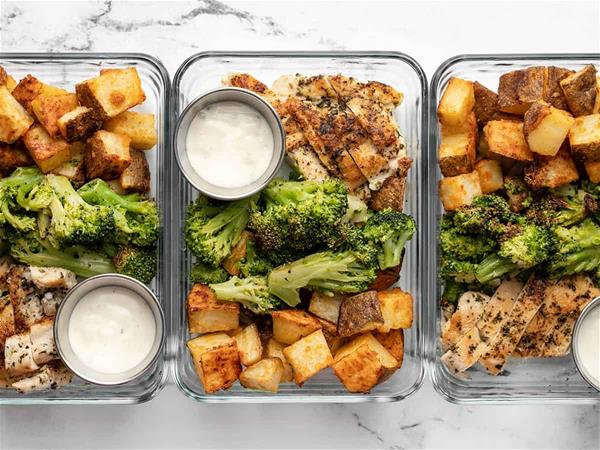
10 Money-Saving Tips for Smart Grocery Shopping
As the saying goes, "A penny saved is a penny earned." One of the best ways to save money and improve your financial well-being is by adopting savvy strategies when it comes to buying food and groceries. With a little planning, mindfulness, and a keen eye for deals, you can significantly reduce your expenses while still enjoying delicious and nutritious meals. In this blog post, we'll share ten practical tips to help you spend less on food and groceries without compromising on quality.
- Create a Budget and Stick to It:
Start by creating a realistic monthly budget specifically for groceries. Take a look at your income and expenses to determine how much you can comfortably allocate for food shopping. Once you have your budget, stick to it diligently. Keeping track of your spending will enable you to identify areas where you can cut back and make smarter choices.
- Make a Shopping List:
Impulse buying is a major culprit behind overspending on groceries. Before heading to the store, prepare a comprehensive shopping list. Plan your meals for the week and include only the items you genuinely need. Stick to your list to avoid adding unnecessary items to your cart.
- Shop with Sales and Coupons in Mind:
Keep an eye on weekly grocery store flyers and digital coupons. Take advantage of discounts and deals on items you frequently buy. Be cautious, though, and avoid buying something solely because it's on sale. Stick to your shopping list and only purchase discounted items that are genuinely part of your meal planning.
- Buy in Bulk:
Certain non-perishable items such as rice, pasta, canned goods, and toiletries are cheaper when purchased in bulk. Consider joining a wholesale club or purchasing bulk items from online retailers. Just ensure that you have sufficient storage space and that the products won't go to waste before their expiration dates.
- Embrace Generic and Store Brands:
Brand loyalty can often lead to overspending. Many generic and store-brand products offer comparable quality at a significantly lower price. Give them a try for items like cereals, condiments, and cleaning supplies. You might be surprised by how much you can save without compromising on taste or quality.
- Opt for Fresh, Seasonal Produce:
Buying fruits and vegetables that are in-season can save you money. Seasonal produce tends to be more abundant, fresher, and cheaper. Local farmer's markets are great places to find affordable, fresh, and locally-sourced fruits and vegetables.
- Cook at Home and Meal Prep:
Eating out frequently can quickly drain your wallet. Cooking at home not only saves money but also allows you to control the ingredients and portions of your meals. Meal prepping on weekends can help you plan and portion out your meals for the week, reducing the temptation to order takeout or dine out.
- Minimize Food Waste:
Food waste is not only bad for the environment but also wastes your hard-earned money. Plan your meals carefully to use up ingredients efficiently, and store leftovers properly for future meals. Get creative with repurposing food scraps, like using vegetable peels for broth or stale bread for croutons.
- Consider Discount Stores and Online Shopping:
Explore discount grocery stores or online shopping platforms that offer competitive prices on various products. Just ensure that you are still getting quality and fresh goods, as some discount stores might compromise on those aspects.
- Practice Mindful Shopping:
Finally, adopt a mindful approach to grocery shopping. Avoid shopping when hungry, as it can lead to impulse buying. Be conscious of your spending habits and continuously look for opportunities to save money while maintaining a healthy and balanced diet.
